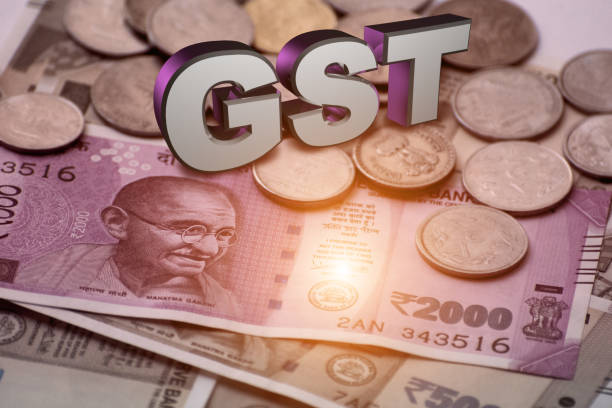
India’s booming ride-hailing sector, a critical part of the digital economy, is facing turbulence—not from competition or market saturation, but from tax uncertainty. Conflicting interpretations of the Goods and Services Tax (GST) framework have created confusion across the industry, disrupting innovation, funding, and compliance.
🚖 Changing Business Models, Confusing Tax Rules
At the centre of the issue lies Section 9(5) of the Central GST Act, which taxes services rendered “through” digital platforms.
- Traditional model (Uber, Ola): Platforms collected a commission per ride and levied 5% GST on fares.
- New SaaS subscription model (Namma Yatri, Myn, Rapido): Drivers pay a flat fee to use the platform, while passengers pay fares directly to drivers—raising questions about whether GST should apply on rides at all.
This shift has triggered disputes over whether platforms are transport service providers or simply technology facilitators.
⚖️ Conflicting Rulings Across States
- In Karnataka, Namma Yatri and Myn secured favourable rulings stating they were not liable to collect GST on ride fares.
- In contrast, Uber and Rapido—operating on similar models—were directed to continue collecting GST.
- Reports also suggest that one favourable ruling may be recalled, setting a precedent that could undermine confidence in the Advance Ruling Authority system.
This patchwork of rulings has resulted in contradictory tax treatment for similar businesses, confusing consumers and distorting pricing in the market.
🏛️ Judicial Intervention & Policy Paralysis
- The Karnataka High Court has asked the CBIC to address the matter.
- The GST Council has debated it, but no consensus has been reached.
- Meanwhile, companies are adopting different tax positions, leading to a marketplace where some passengers pay GST and others do not.
This inconsistency hurts consumer transparency and disadvantages platforms that comply strictly with GST rules.
💸 The Cost of Uncertainty
The ambiguity is creating ripple effects across the ecosystem:
- Innovation slowdown: Product rollouts and expansions are being delayed.
- Funding impact: Investors are wary of regulatory unpredictability.
- Revenue risks: Fragmented compliance may cause tax leakage for the government.
- Litigation burden: Authorities face growing enforcement challenges and uneven interpretations.
📢 A Call for Clarity
Unless the GST Council or judiciary issues a clear framework defining “services provided through digital platforms,” uncertainty will persist.
A consistent tax regime is critical to:
- Ensure fairness across ride-hailing platforms.
- Protect driver earnings and consumer interests.
- Safeguard government revenues.
For now, India’s ride-hailing industry remains stuck in a regulatory traffic jam, even as the wider digital economy accelerates ahead.
✅ Disclaimer: This article is for informational purposes only and does not constitute tax or legal advice.